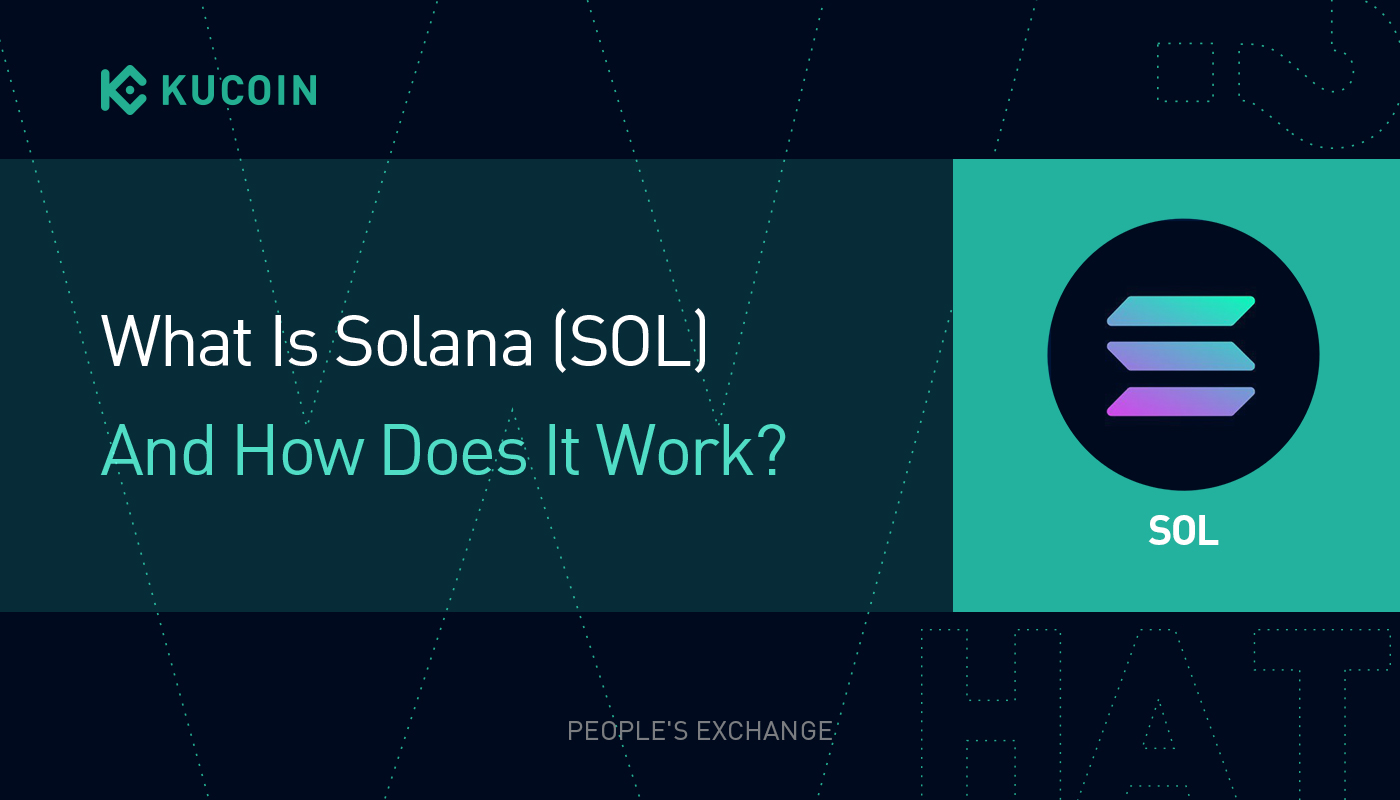What Is Solana (SOL) And How Does It Work?

Solana, dubbed as Ethereum's killer, is a promising new smart contract platform that is 10,000 times faster than Bitcoin and more than 3,000 times faster than Ethereum. Solana is all about speed, and when it comes to large-scale and complex decentralized applications, the speed really matters.
DeFi has grown to become a $63.4B industry, and it's very much reliant on the underlying smart contract platforms. If we talk about the big Defi projects alone, we have a total of 236 Defi projects in the ecosystem, and 218 of them are built on Ethereum. That's a mind-boggling 85% market share.

Source: Defiprime
However, due to Ethereum's underlying scalability concerns, many of these large-scale Defi projects are looking for alternative smart contract platforms that offer more flexibility and transaction throughput. We do have promising Layer-2 scaling solutions built on Ethereum, but the technology isn't mature and has a host of different problems, such as long lock-up periods, where in order to redeem your assets from the Layer-2, you might have to wait for up to 2 weeks!
Solana is taking an entirely different approach by building a smart contract platform from scratch that leverages several breakthrough technologies to keep up with the rampant demand for large-scale Defi applications. It also offers a framework for the specialized Layer-2 solutions to be built on top of the Solana network.
What Is Solana?
Solana is a smart contract platform that is highly scalable, secure, and supports thousands of nodes without sacrificing the transaction throughput. Solana is all about speed and robustness that will power the next generation of large-scale decentralized applications.
Solana was founded during the 2017 ICO boom and raised $25M in various private and public sale rounds. The Solana mainnet was launched in March 2020. To test out the mainnet stability over the long term, it was launched as beta and is still operating as a beta release.
Solana is deemed as the main competitor to Ethereum, and we can see that happening as many of the Ethereum-based DeFi platforms are shifting towards Solana, and the ecosystem is snowballing. The Solana ecosystem now has over 231 DApps, including 74 Defi-focused applications and 23 decentralized exchanges.
Check out our guide on how to stake Solana and earn passive income.

Source: Solanians
How Does Solana Work?
The key distinguishing feature of Solana is Tower Consensus, which is a Proof of Stake (PoS) consensus mechanism based on Practical Byzantine Fault Tolerance (PBFT) that utilizes a second novel protocol known as Proof of History (PoH).
The Proof of History (PoH) enforces a global source of time (a global clock) across the Solana network, and it establishes a permanent time reference for all the records on the blockchain. Tower Consensus uses these references instead of computing the timestamps of all the previous transactions on the network.
Solana also has a transaction parallelization technology called the ‘Sealevel’ that allows a parallel smart contract runtime to optimize the computing resources. The parallel computation allows asynchronous execution of smart contracts that saves time and increases transaction throughput on the network.
With PBFT-based Proof of Stake and Proof of History, Solana can manage up to 50,000 transactions per second at its peak capacity. This level of throughput makes Solana 10,000 times faster than Bitcoin (max throughput 5-7 TPS) and more than 3,000 times faster than Ethereum (max throughput 15 TPS).
Solana's average block confirmation time is 400 to 800 milliseconds, and the transaction fees are super low (0.000005 SOL which is less than one cent). Solana achieves this level of throughout and optimization without any scalability solution like sharding or Layer-2. All of this is available on the mainnet, making it one of the very few blockchains that achieve greater than 1,000 TPS on Layer-1 without any scaling solution.
Unlike other Proof of Stake networks, anyone can become a validator on Solana. There are no significant capital requirements to start with. All you need is a server that meets the minimum specifications. Becoming a Solana validator is a completely permissionless process, and you just need to maintain the basic hardware. As of today, there are a little over 1,000 validators on the Solana Network.
Wrapping Up
The native currency of the Solana network is SOL, which is used to pay all the transaction fees, execution of smart contracts, and rewards for all the validators on the network. Solana is undoubtedly one of the strong competitors to Ethereum as it boasts a robust architecture that can handle the scale required by Defi applications and protocols.
Sign up with KuCoin, and start trading today!
Find the Next Crypto Gem on KuCoin!
Follow us on Twitter >>> https://twitter.com/kucoincom
Join us on Telegram >>> https://t.me/Kucoin_Exchange
Download KuCoin App >>>https://www.kucoin.com/download

